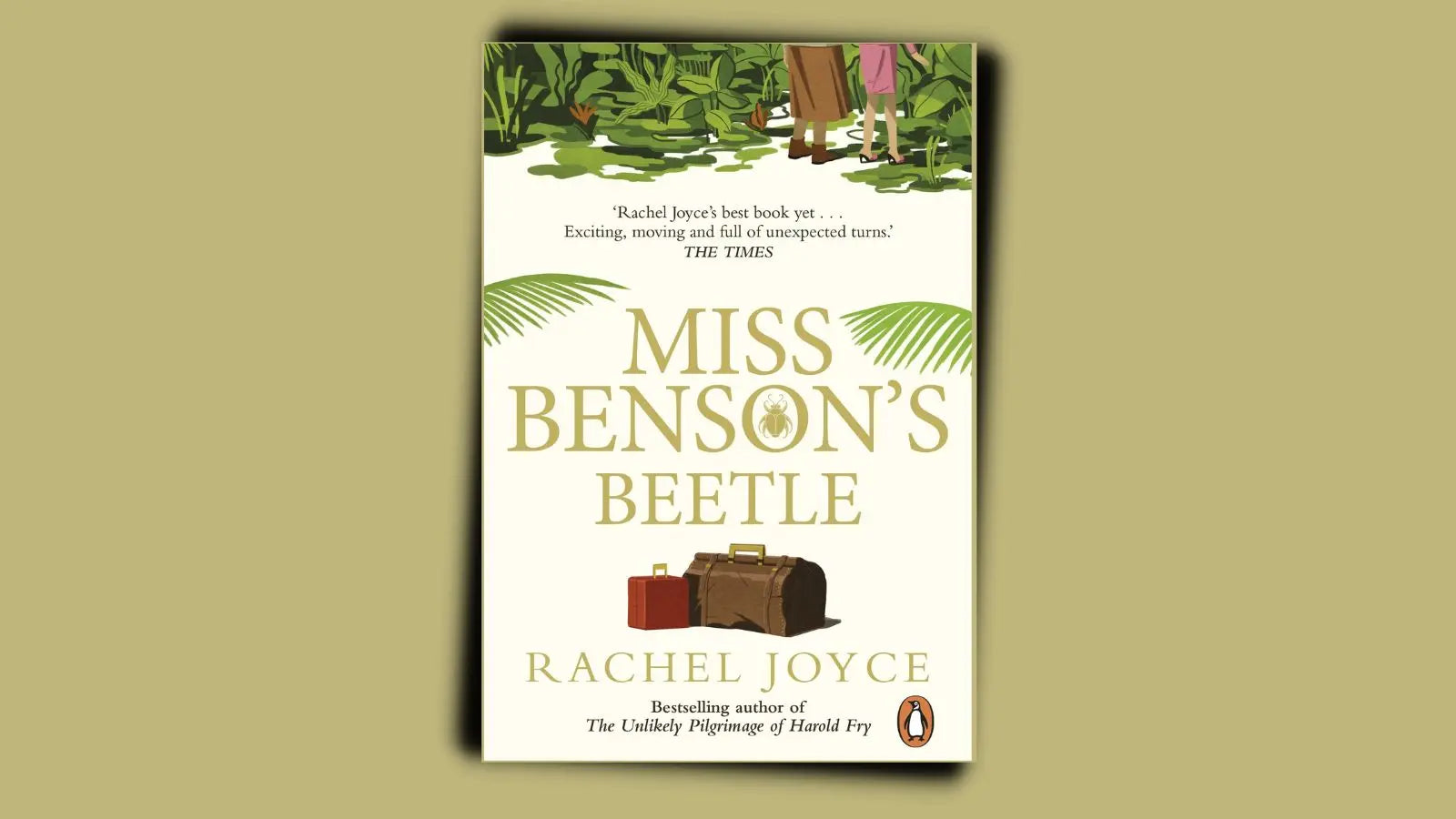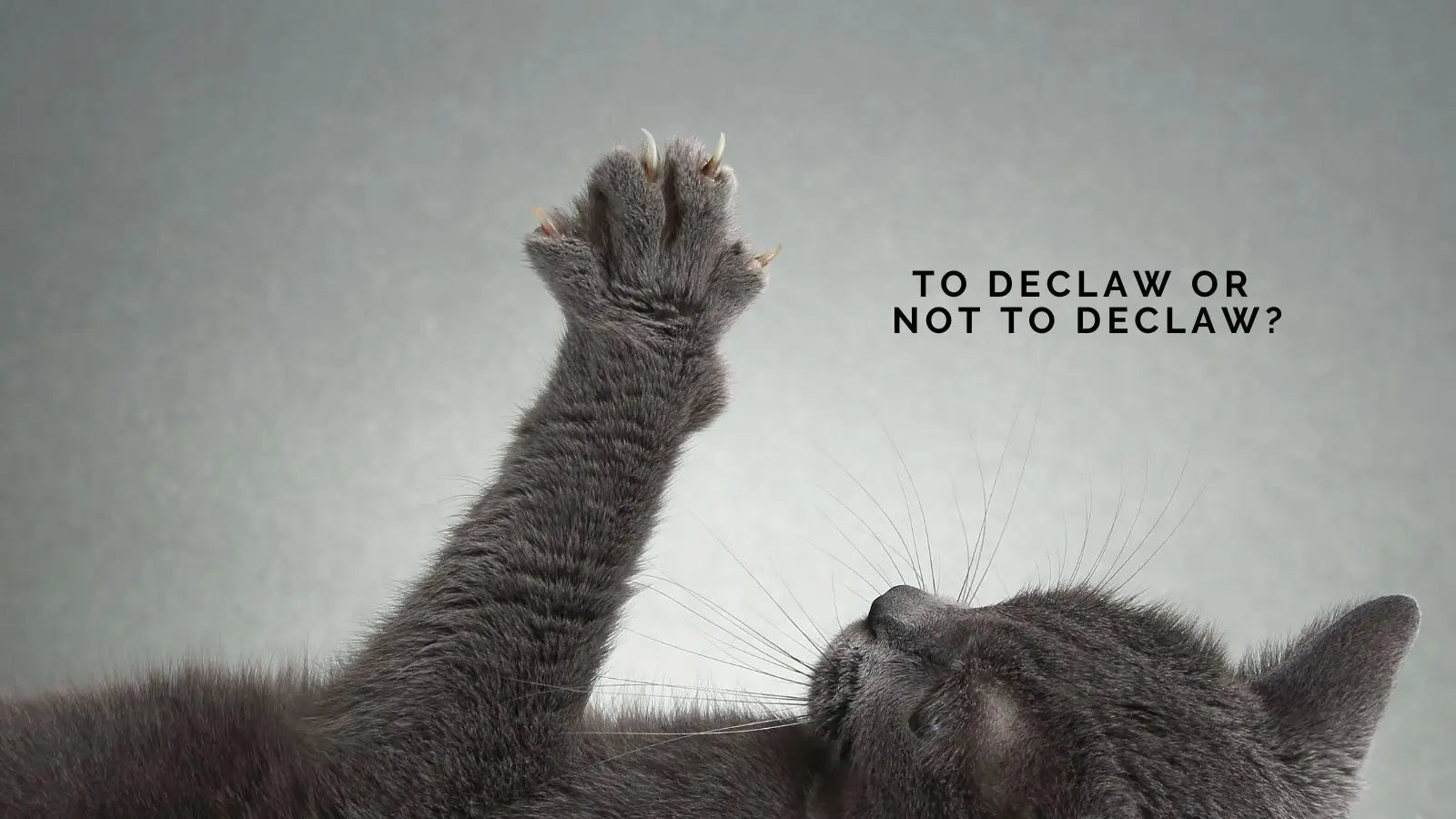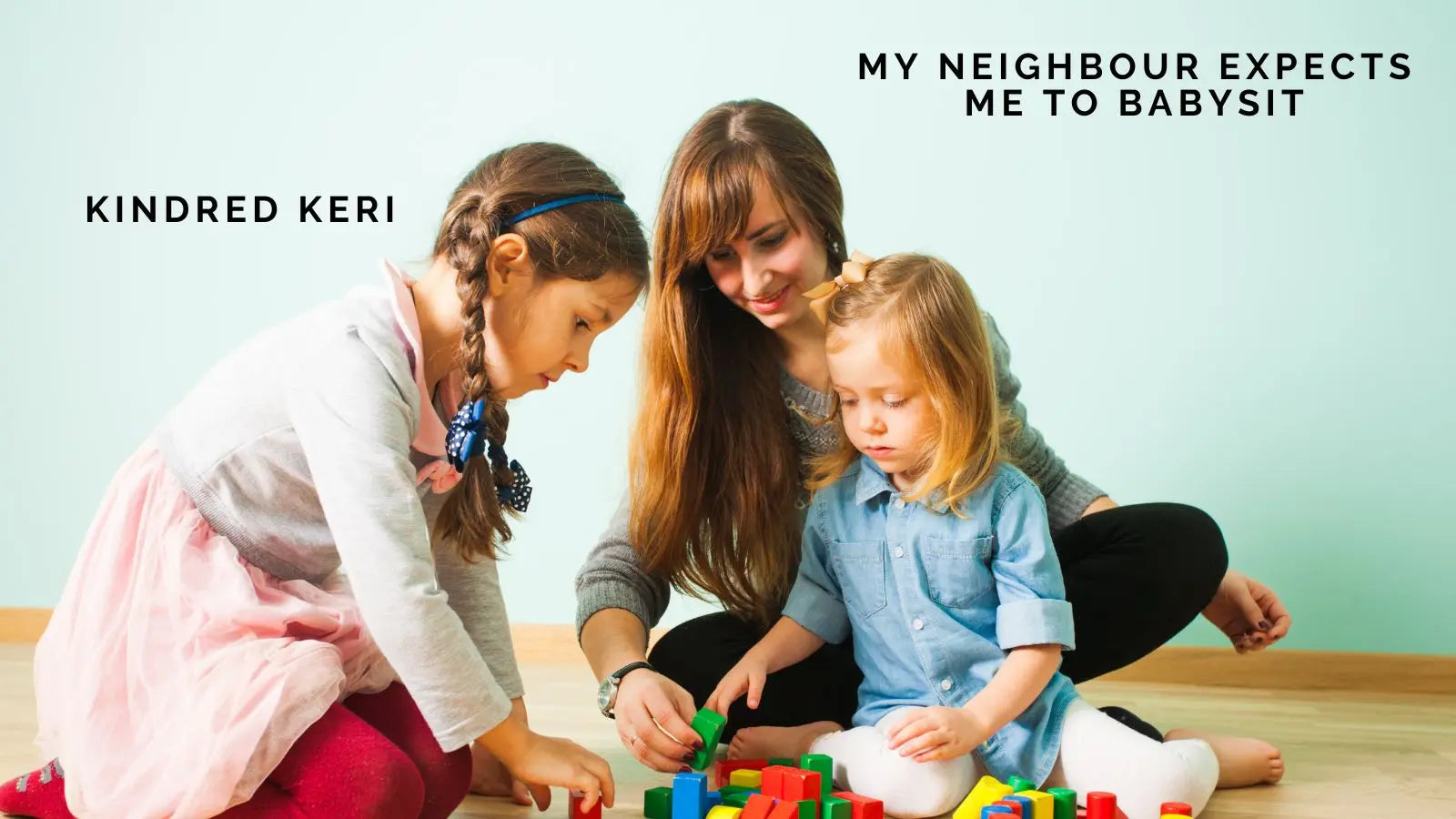
So you’ve picked out your plants, mapped out your dream garden… and now you’re staring at the ground wondering, What’s going on down there? Welcome to the wonderfully gritty world of soil — the unsung hero of every garden!
Whether you're growing juicy tomatoes, show-stopping sunflowers, or a jungle of houseplants, the right soil is where the magic starts. So let’s dig into it (pun absolutely intended).
What Kind of Soil Do I Have?
First up: not all dirt is created equal. Your soil might fall into one (or a mix!) of these three basic types:
Sandy Soil
Feels like: Dry and gritty. It slips through your fingers like a beach day.
Drains like: A leaky bucket — fast!
Good for: Root veggies like carrots and radishes.
Challenge: Doesn’t hold nutrients well. Plants might get hungry fast.
Clay Soil
Feels like: Heavy, sticky when wet, clumpy when dry.
Drains like: A clogged bathtub. Sloooow.
Good for: Plants that like consistent moisture, like roses and asters.
Challenge: Poor drainage, can suffocate roots.
Loamy Soil (a.k.a. Garden Gold)
Feels like: The perfect brownie — soft, crumbly, and moist.
Drains like: Just right.
Good for: Basically everything. This is the dream soil!
Challenge: Honestly? Just keep it happy!
Try This: The Jar Test
Fill a mason jar with soil from your garden, add water and a squirt of dish soap, then shake it like a smoothie. Let it settle for 24 hours. You’ll see layers form — sand at the bottom, silt in the middle, and clay on top. The proportions will clue you in to your soil type!
How Do I Test My Soil’s pH?
Soil pH is a big deal — it affects how well your plants can absorb nutrients. Most garden plants love a slightly acidic to neutral pH (around 6.0–7.0).
Easy Ways to Test Soil pH
Buy a Soil Test Kit. Found at garden centers or online. Simple, quick, and usually under $15. You just scoop some soil into the kit, add the solution or strip, and match the color.
Use a Digital pH Meter. These are reusable and great if you plan to garden long-term.
DIY Kitchen Test (Not Super Accurate, but Fun!).
Place 2 tablespoons of soil in two separate containers.
Add vinegar to one (if it fizzes, your soil is alkaline).
Add water and then baking soda to the other (if it fizzes, your soil is acidic).
Pro Tip: If your soil is outside the 6.0–7.0 range, don’t panic. You can amend it!
Too acidic? Add **garden lime**.
Too alkaline? Add **sulfur** or **peat moss**.
How Can I Improve My Soil?
Now for the fun part: turning blah dirt into plant paradise.
Add Organic Matter. Compost is your soil’s BFF. Whether it’s kitchen scraps, shredded leaves, or well-rotted manure — organic matter improves drainage, nutrient levels, and texture.
Use Mulch. A layer of straw, bark, or shredded leaves keeps soil cool, retains moisture, and eventually breaks down to improve the soil.
Don’t Over-Till. Too much digging can damage the helpful microbes and worm communities. Sometimes, less is more!
Try Cover Crops (Green Manure). Planting cover crops like clover or rye in the off-season boosts nutrients and keeps weeds in check. Your soil will thank you!
Test & Adjust Regularly. Your soil is a living, changing thing. Check pH and nutrients once a year, especially if your plants look droopy or sad.
Soil might seem boring, but once you get to know it — it’s actually fascinating. It’s where all the underground action happens: roots stretching, microbes working, worms doing their wiggly thing.
And hey — you don’t need to get it perfect from the start. Gardening is about learning and growing (literally). Your soil will evolve with you.
Now, go grab a trowel and make some dirt magic happen!



















